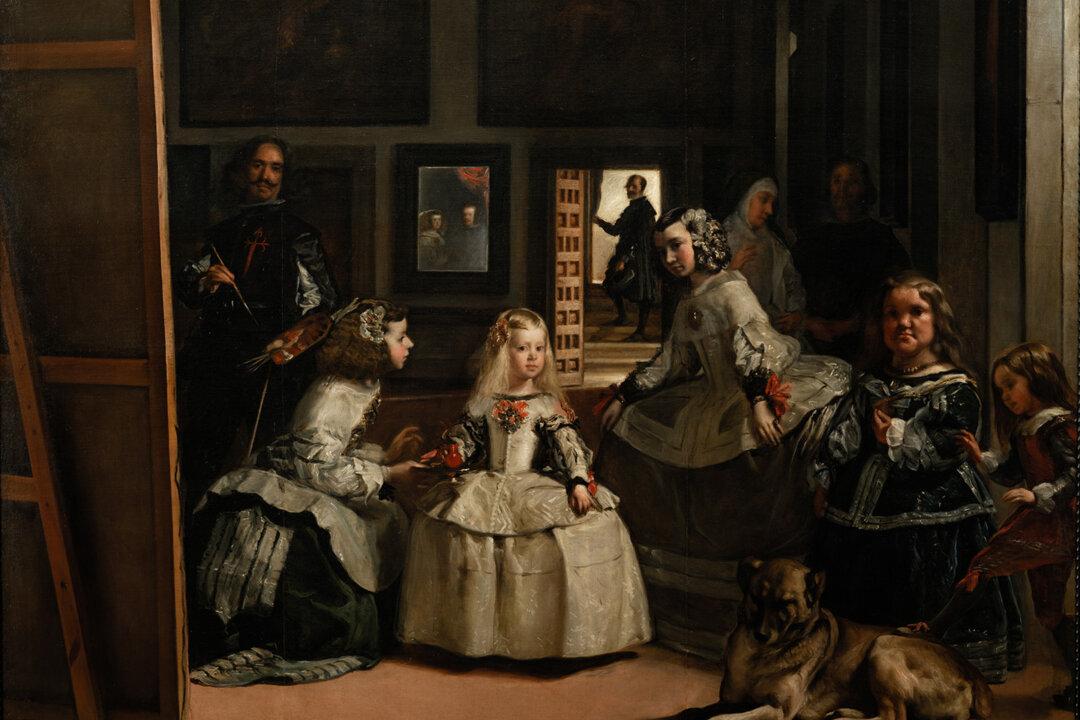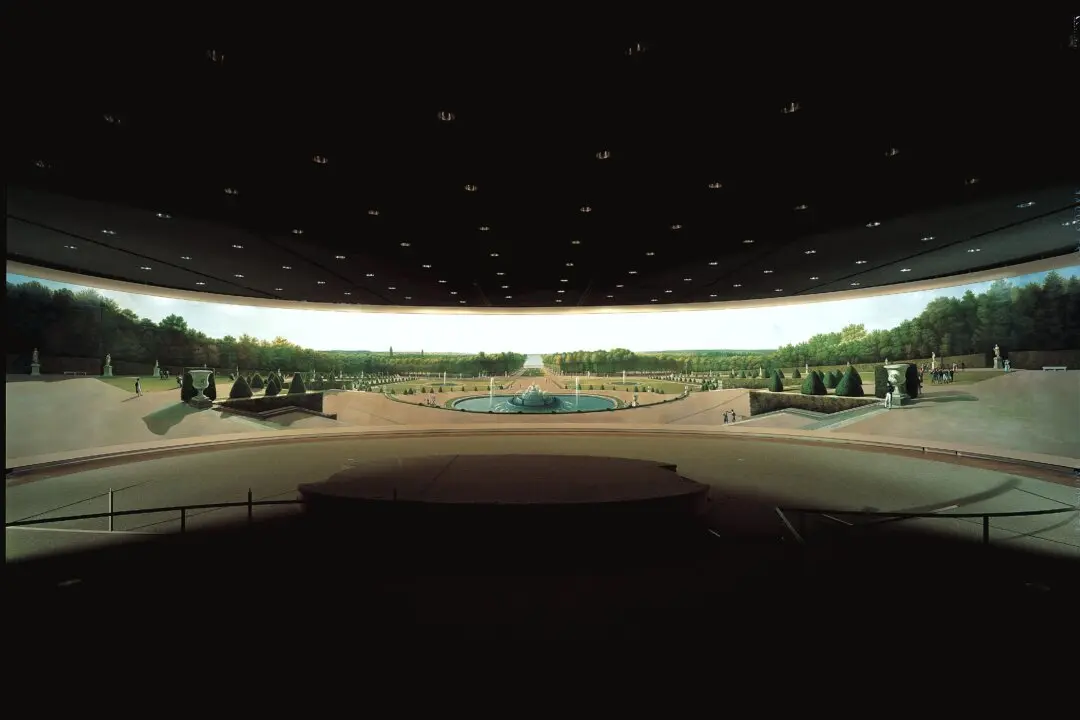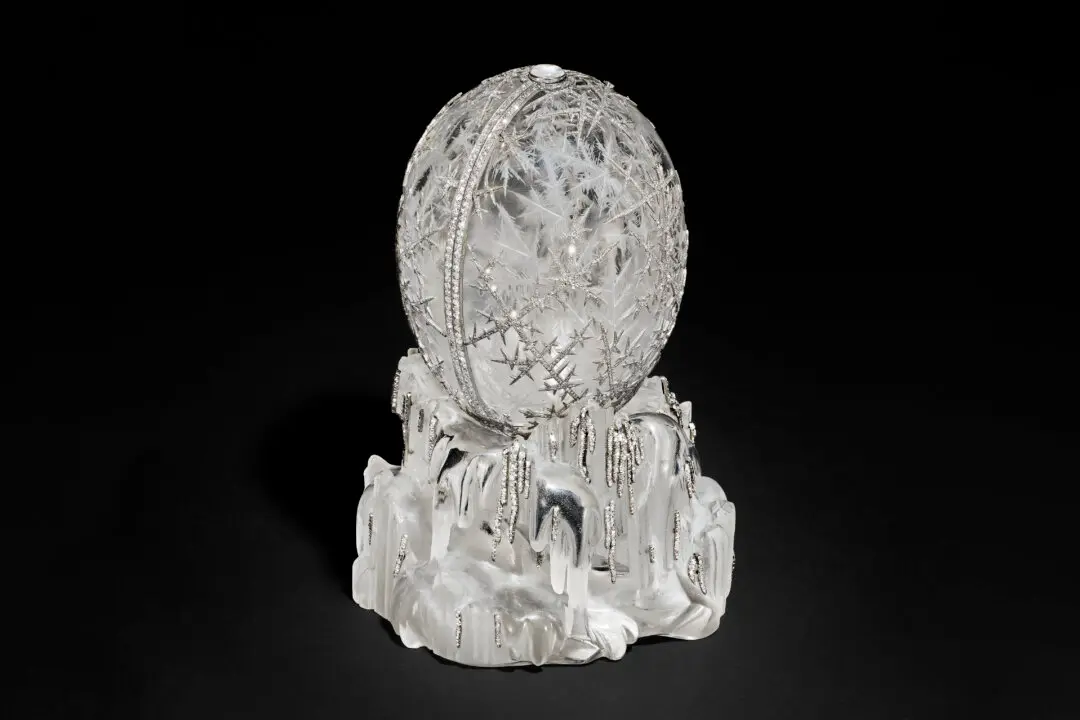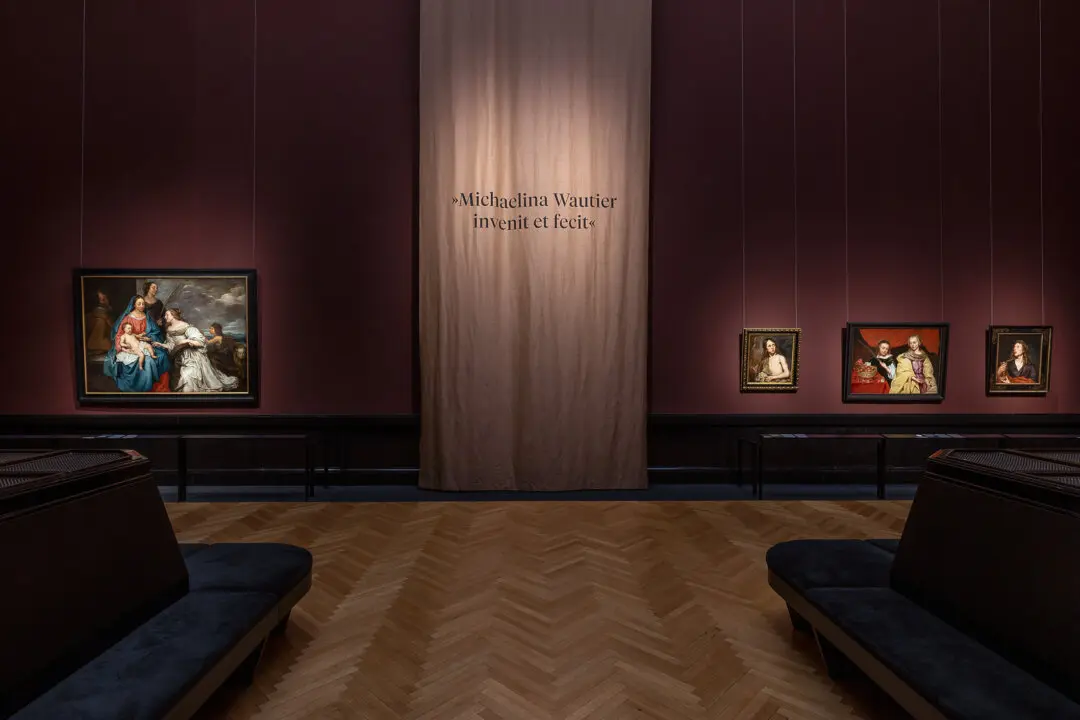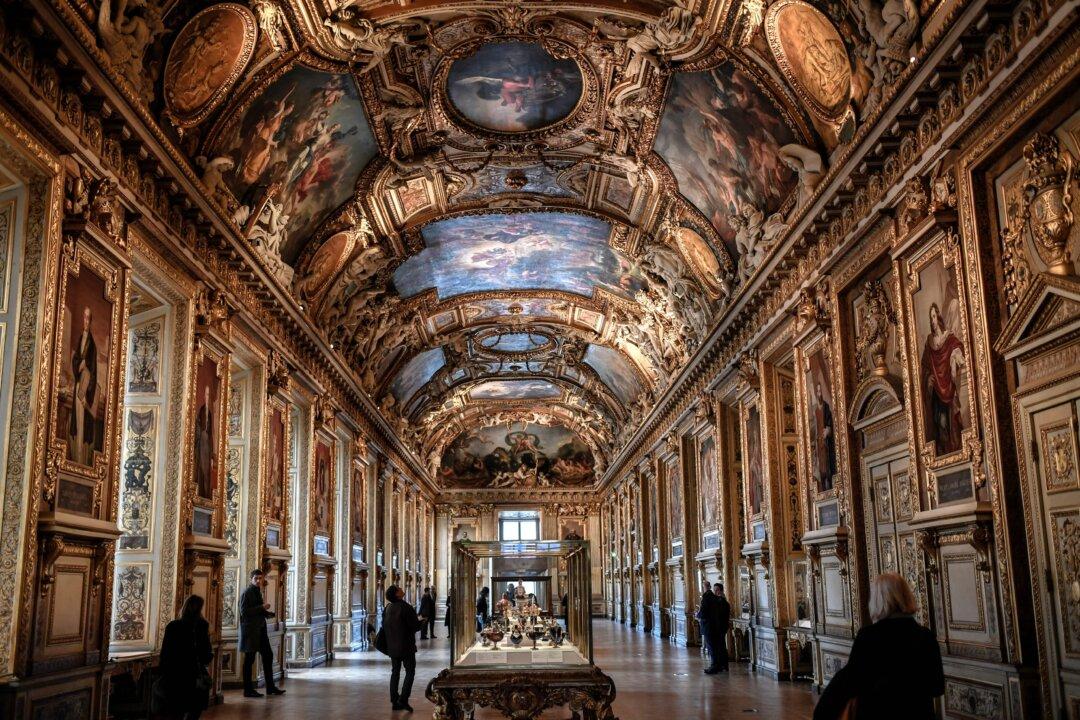Madrid is home to one of the world’s most renowned museums, the Prado. Its crowning jewel is Diego Rodríguez de Silva y Velázquez’s near life-size painting “Las Meninas.” Painted in 1656, this artwork is a key masterpiece in the art canon. Since its creation, it has provoked questions about illusion versus reality and art versus life. While definitive interpretation remains elusive, it continues to captivate viewers and spark artistic inspiration.
The baroque painter Velázquez (1599–1660) was born in Seville, Spain, a wealthy city in the early 17th century that functioned as a center of trade with the New World. At a young age, he was apprenticed to the area’s most important artist, Francisco Pacheco, and later married his daughter. Velázquez mastered and soon surpassed his teacher’s technique and was influenced by the Italian Caravaggio’s use of dramatic lighting and everyday models. During his early career in Seville, Velázquez painted religious scenes and bodegón (Spanish still-life) compositions.

